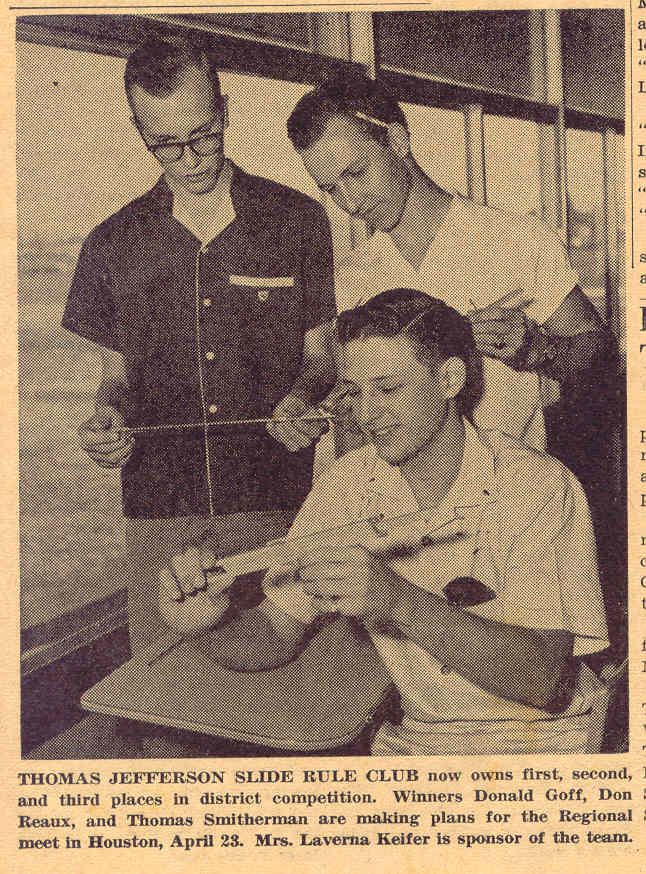
Posted on 10/21/2010 5:58:39 PM PDT by SunkenCiv
Abacus is a Latin word meaning sand tray. The word originates with the Arabic "abq", which means dust or fine sand. In Greek this would become abax or abakon which means table or tablet...
Probably, the first device was the counting board. This appeared at various times in several places around the world. The earliest counting boards consisted of a tray made of sun dried clay or wood. A thin layer of sand would be spread evenly on the surface, and symbols would be drawn in the sand with a stick or ones finger. To start anew, one would simply shake the tray or even out the sand by hand.
Eventually... pebbles were used, and placed in parallel grooves carved into stone counting boards... As part of their primary education, young boys in both Greece and Rome learned at least some arithmetic using an abax or abacus... the Romans added additional grooves... the Roman numerals I, V, X, L, C, D, M. The Latin term for pebble is calculus...
In the quest for an easily portable counting device, the Romans invented the hand abacus... The Roman hand abacus on display in the London Science Museum would fit in a modern shirt pocket. The bead arrangement is like the modern [Chinese] soroban... There is a photograph of another Roman hand abacus at the Museo Nazionale Ramano at Piazzi delle Terme, Rome.
Some people believe that the Roman abacus, which pre-dates the Chinese suan-pan, was introduced into China early in the Christian era by trading merchants.
(Excerpt) Read more at webhome.idirect.com ...

Chisenbop
And geeks back then didn't get many dates. I suppose that happens when our slide rule is longer than our schnitzengruben.
Thanks, TB. Talk about a blast from the past!
It wasn’t just Norwegian girls who were invited to join Himmler’s baby program. He encouraged unwed German girls to provide sons for the Fatherland, too. The SS promised to provide a fine physical specimen for any girl who volunteered.
Ancient Times Tables Written on Wood Found in Western Japan
Kyoto, July 27 (Jiji Press)—The Kyoto Prefecture Research Center for Archaeological Properties has announced the discovery of a strip of wood from the eighth century with 35 individual multiplications written on it.
The wood strip, unearthed at the Tsuruo archeological site in the city of Kyotango, Kyoto Prefecture, western Japan, is 219 millimeters long, 49 millimeters wide and 6 millimeters thick.
As the site had a public office at the time, the research center believes that civil servants who worked there used the strip of wood to speed up tax collection work.
The front of the strip shows the eight and nine times tables written in ink, while the back side has the five to seven times tables. The center determined that the wood strip was from the Nara period from pottery found nearby.
Around 80 strips of wood dating back to ancient to medieval times with multiplication tables written on them have been found in Japan so far.
(2022/07/27-18:20)
https://jen.jiji.com/jc/eng?g=eco&k=2022072700837
Disclaimer: Opinions posted on Free Republic are those of the individual posters and do not necessarily represent the opinion of Free Republic or its management. All materials posted herein are protected by copyright law and the exemption for fair use of copyrighted works.